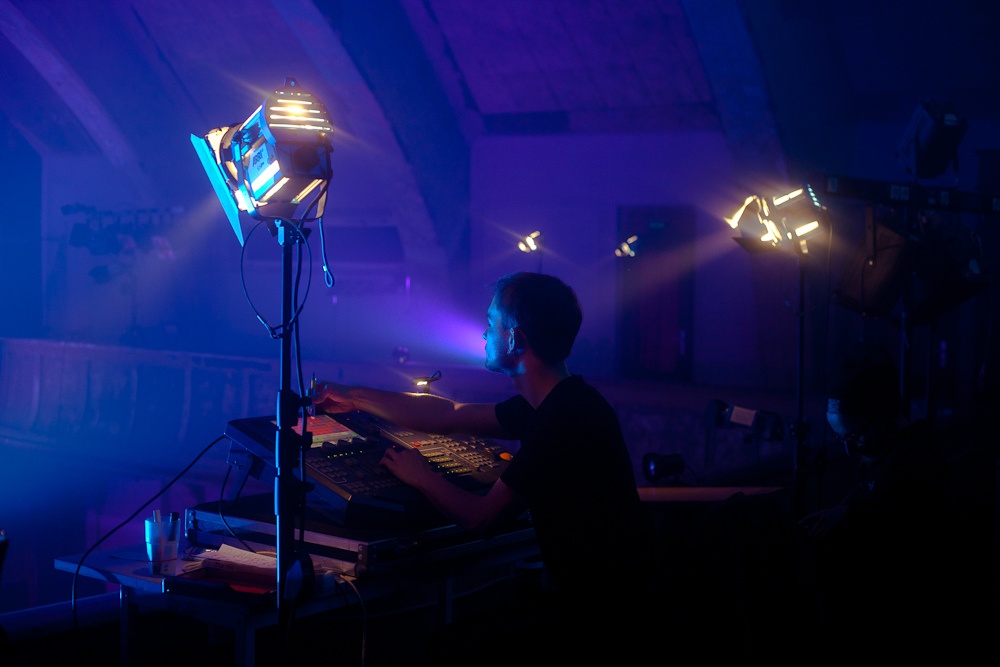VIDEO
Products
Streaming
Deliver flawless live video to any audience, anywhere
OTT Apps
Launch and monetize your own branded TV & mobile apps
Spark Encoder
Tap into hardware encoding that's compact and powerful
Broadcaster App
Go live straight from your phone or tablet with studio-quality control
Features
BoxCast Flow
Ensures smooth playback even on shaky networks
Sharing
Instantly clip, share, and amplify your broadcasts
Producer
Create professional streams right from your browser
Third-Party Encoders
Use the gear you love with our support of RTMP and SRT
AUDIO
RemoteMix
Mix live audio remotely from anywhere in the world
Compatible Mixers
Connect your favorite digital mixer to RemoteMix
INDUSTRIES
House of Worship
Reach and engage your congregation wherever they worship
Sports
Stream games with professional quality for fans everywhere
Local Government
Bring transparency and connection to your community broadcasts
Business
Power your corporate events, webinars, and live streams
LEARN
Blog
Insights, trends, and tips for the audio/video community
Tech Tips
Quick how-tos and deep dives on the latest streaming technology
Guides
Essential tips and expert strategies to expand your reach
Newsletter
Stay up to date with product news, best practices, and more
Podcast
Hear stories and strategies from our customers and experts
DISCOVER
Customer Stories
Explore real-world success stories to inspire your organization
Events
Join us at an upcoming conference and meet with our team
Webinars
Get all the details and register for our next live webinar
About Us
Discover our company's mission, values, and team story
Live Streaming Hardware, Church + House of Worship

BoxCast Team • September 28, 2017
Have you noticed that the lighting on your streams just doesn’t look as good as it does in person?
Some people would suggest to add more lights, but that can quickly become an expensive endeavor. Luckily, making adjustments to the fixtures and equipment that you already have can usually achieve the desired effect.
While your live streaming audience needs more light than your in-person audience does, you don’t want to distract those in attendance by making them sit under hot lights or cluttering your church with light stands.
The goal, of course, is to provide the best experience for both audiences.
The previous post discussed the importance of good lighting for live streaming and how to evaluate the quality of lighting at your church. This post will discuss some of the most common problems and their easy fixes.
SOLUTION: The shadows you see under hair, brows and noses are most likely caused by overhead lights shining directly down. If possible, adjust these lights so that they shine at an angle toward the pulpit. That will eliminate the worst of the shadows. Lower lighting in front also can also fix this.
SOLUTION: If your stream is too dark, open the aperture in the camera’s lens wider or slow down the shutter speed to twice the frame rate. Experiment with the gain to see if you can increase it without hurting overall quality. Conversely, if it’s too light, narrow the lens aperture and speed up the shutter. Everything is a tradeoff, so experiment until you find the best balance.
SOLUTION: Dark spots are usually caused by insufficient lighting and lighting gaps. Reposition the lights so that they cover your stage more evenly. If necessary, add additional fixtures to fill in the gaps.
SOLUTION: Bulbs of different color temperatures can produce light of different shades. This can be done deliberately for dramatic effect, but if that’s not your goal, then simply make sure all the bulbs are the same.
SOLUTION: A pulpit flanked or backed by large windows can be flooded with sunlight, washing out your stream and making your subjects “glow.” If you can’t reposition the camera to remove the windows from the shot, then cut down on the sunlight by adding shades or blinds to the windows. If that’s not practical, try a filter on the camera.
SOLUTION: Use backlighting. This is one of the most common mistakes in live streaming. Having all your light come from the front, sides or overhead robs the image of depth and flattens people into the background. Adding light behind the podium creates separation and depth of image.
SOLUTION: Make sure that your stage is lit from the sides as well as from the front and back. Side lighting will illuminate faces whenever people turn.
If you’re looking for tips on gear or lighting techniques, you can find many fine tutorials online. Don’t expect to get everything right the first time and don’t stop experimenting until you’re happy with the outcome. The result will be a much better experience for your viewers.
If you've decided to stream but aren't sure which streaming provider is right for your organization, you're not alone.
The free Buyer's Guide to Live Video Streaming highlights key features to consider when evaluating your different options.
Here are a few other resources you might find helpful:
The Best Live Video Streaming Equipment for Your Church
The Best Ways to Buy Used Video Equipment for Your Church
7 Types of Camera Shots To Consider When Filming Church Services
Why Churches Want Lower Thirds In Their Video
4 Ways to Make Your Church Video Announcements Great
5 Easy Ways to Improve the Audio of Your Church's Live Streams
How to Choose the Right Microphone for Your Pastor
Does Live Video Streaming Hurt Church Attendance?
Top 5 Reasons Your Church Should Be Live Streaming
Why You Need To Improve Your Church Lighting
How to Better Connect With Your Live Stream Audience
How to Get the Most Out of Your Worship Service on Your Live Stream
Why You Should Add Lower Thirds to Your Church Live Stream
Image Source: UT Connewitz Photo Crew via Flickr
© 2025 BoxCast. All Rights Reserved. | +1-888-392-2278